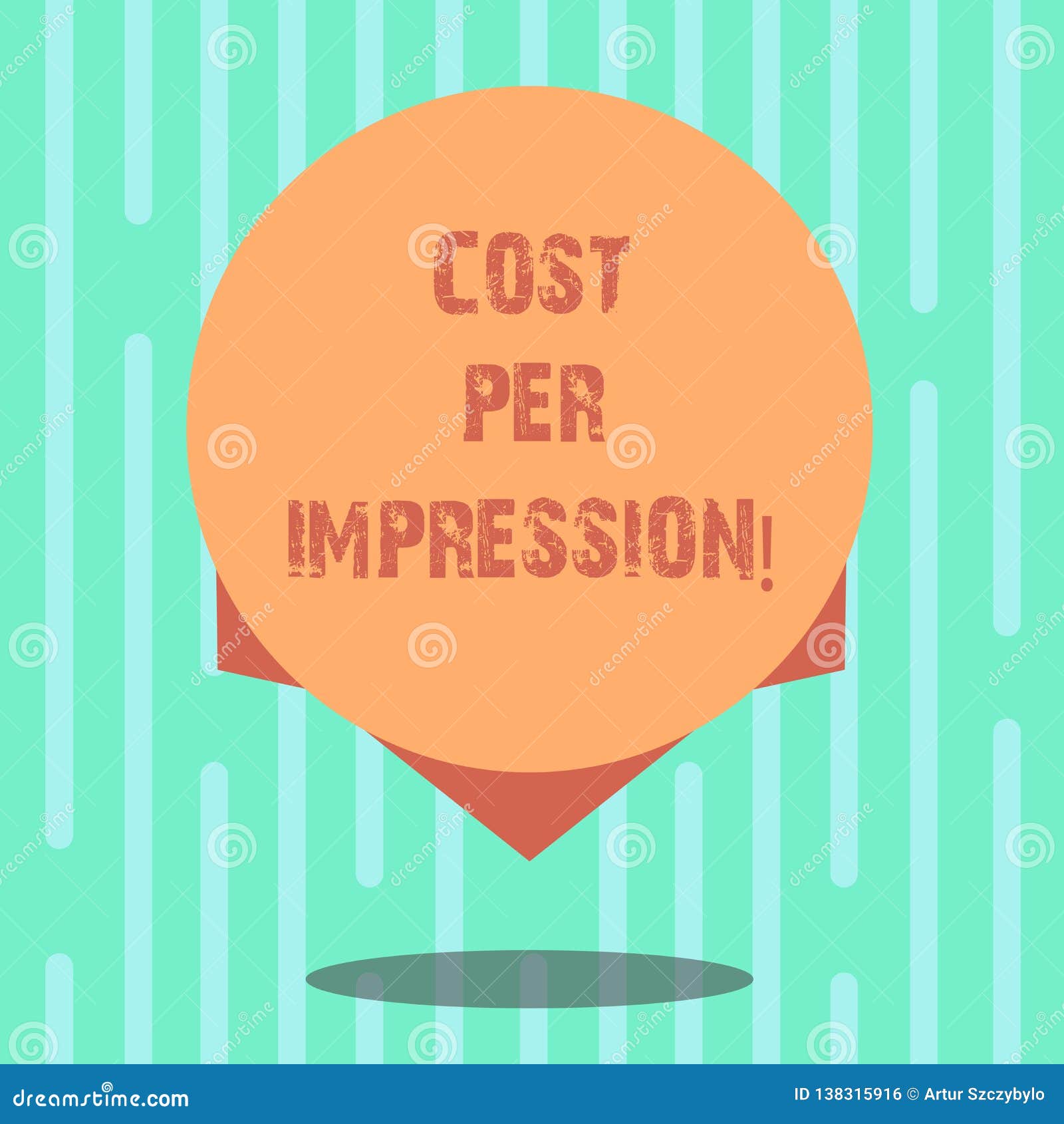

Target CPI: Marketers can set a target CPI based on their budget and expected ROI.For example, gaming genres generally have higher CPI owing to the competitive nature of the category. App category and user intent: The category of the app and the level of user intent play a crucial role.Here are some of the factors that affect CPI. This can become a mutually beneficial relationship over the long term. This leads to the creation of a bond between the advertiser and the publisher for a much longer time. A marketing team will need to invest time and creative resources to build an effective CPI campaign. Advertiser RelationshipsĬreating an effective CPI campaign involves a lot of investment on the advertiser's part. Greater ad space costs can translate to better revenue.
#Calculate cost per impression install
Since cost per install (CPI) offers conversions and reflects high user intent, it involves a high cost. This is of course something most marketers will want to invest in. This means that the value of each install is high.

Higher Ad Unit Valueįor advertisers, one of the major benefits of CPI is that the users will engage with the app over time. Here are some of the advantages of CPI that publishers should be aware of: 1. Since an app install signals a higher level of engagement, CPI campaigns will remain popular among advertisers, even though the ad spend is usually higher than other pricing models. CPA can be tied to certain actions that indicate even more engagement and value than installing the app alone can.įrom a marketing perspective, cost per install (CPI)-based campaigns focus on maximizing the number of application installs for the lowest cost. That’s why CPA is sometimes preferred by marketers who want users to perform actions that are further down the funnel. Unlike CPI, CPA can include actions that occur after installation. This could be installing the app, submitting a form or making a purchase. CPAĬost per action (CPA) is a pricing model where the advertiser pays the publisher when the user carries out a certain action. If app installs are the goal, CPI is often preferred over CPM. CPM is, however, a great tool to raise brand awareness, as it has the potential to reach a lot of people at a relatively low cost.ĬPM does not offer the guarantee that the user will take any action. The price for CPM is lower than that for CPI because this pricing model is focused on securing views, not engagement such as user installs. CPMĬost per mille (CPM) is the price an advertiser pays for every 1,000 impressions their ad receives. We’ve already mentioned that there are other popular models out there - and that can each be used for different purposes - so let's look at how these popular models stack up to each other. Why Is Cost Per Install (CPI) an Important Marketing Metric?Ĭost Per Install (CPI) Advantages for PublishersĬost Per Install (CPI) Disadvantages for PublishersĪs previously discussed, cost per install (CPI) is an important pricing model for app marketing. When Should You Use Cost Per Install (CPI)? Given the importance that mobile devices and mobile apps have, mobile user acquisition campaigns have an important role to play for publishers and advertisers alike. And CPI can be an effective tool in their marketing kit.

With the number of mobile users forecast to reach 7.33 billion in 2023, and that number expected to reach 7.49 billion in 2025, the opportunity for app developers to reach new audiences has never been better. Cost per install (CPI) is a common pricing model used in mobile app marketing and specifically in mobile user acquisition campaigns.


 0 kommentar(er)
0 kommentar(er)
